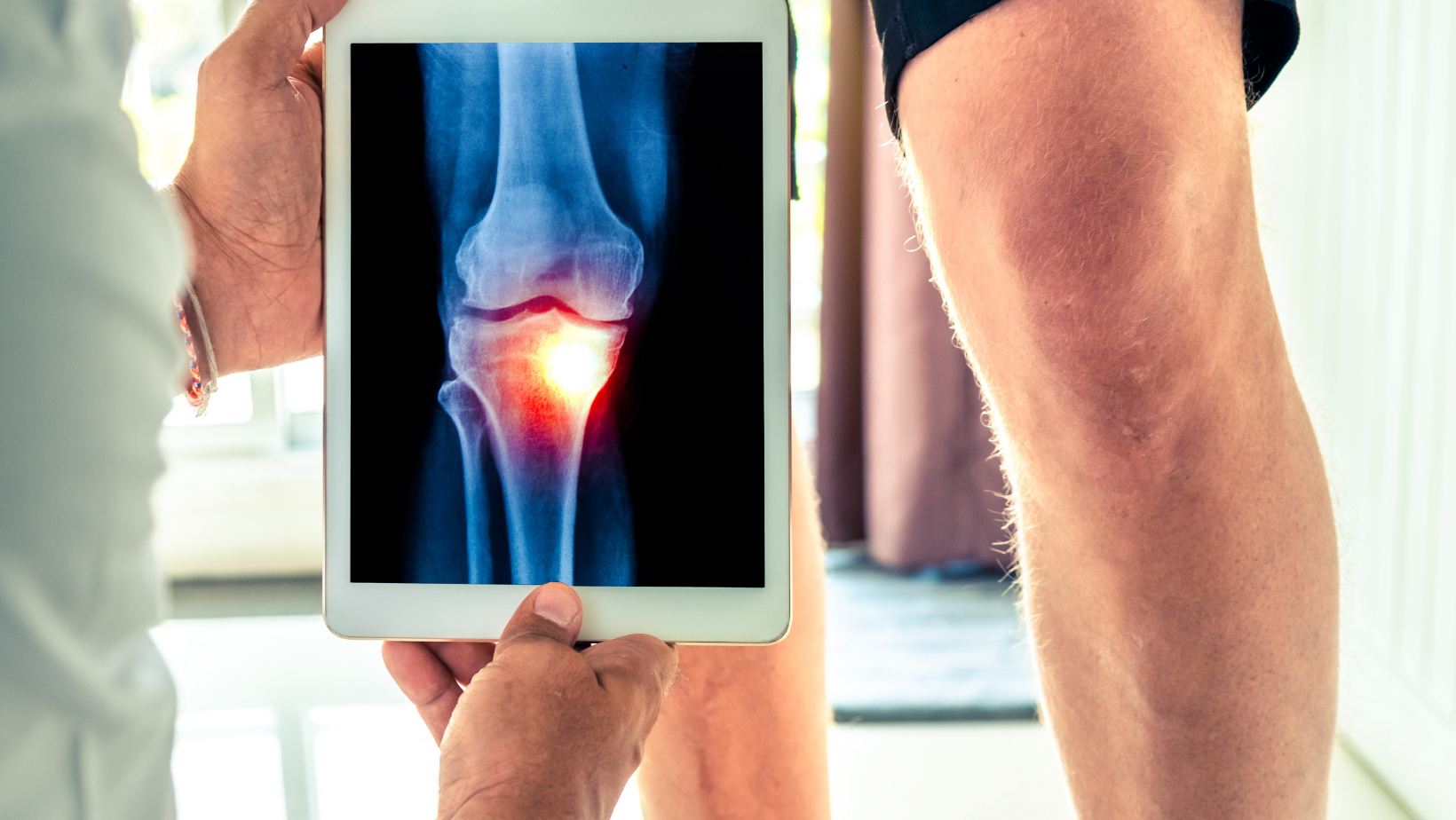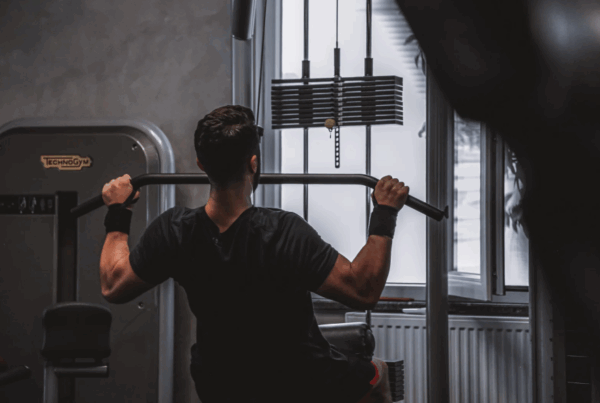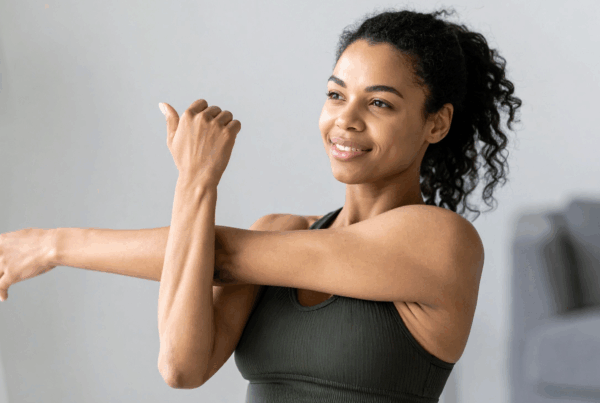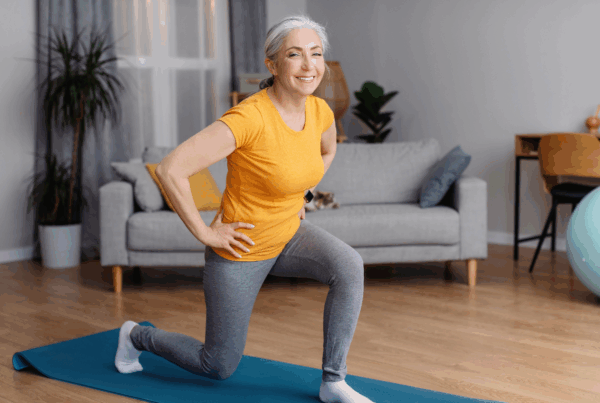Arthritis is one of those conditions that most of us probably won’t think much of until we start getting into the later years of our life. You may not be at that stage yet, but perhaps a loved one – a parent or grandparent – has commented on some aches and pains creeping in as they get older?
Arthritis is common – one in 6 Australians / New Zealanders experience it. And while there is no cure for arthritis, there are still things that can be done to help manage symptoms! There are many different types of arthritis – over 140 in fact. For today, we are diving into the most common form, osteoarthritis, and how exercise can be used to help manage it.
An Introduction to Osteoarthritis
Osteoarthritis occurs due to ‘wear and tear’ of the joint, so while it can develop at any age, it typically presents from 40 years of age onwards. Having injured yourself in your younger years, or working in labor-heavy occupations (the trades, farming, mechanics) can increase the risk of developing arthritis in older years. These things catch up on us as we age, unfortunately!
A Healthy Joint
In a healthy joint, the ends of the bones have a protective layer known as cartilage. Cartilage acts as a shock absorber, as well as providing a smooth surface for the connecting bones to move against one another without friction.
Our joints also have a special fluid inside them, called synovial fluid, which provides lubrication in the joint. All of this is contained neatly within a fibrous connective tissue capsule, which holds everything together and creates stability at the joint. The muscles, which span across the joint, create strength, stability, and help to transfer loads across the joint effectively.
The Pathophysiology of Osteoarthritis
Osteoarthritis is the breakdown of cartilage at the ends of the bones, narrowing the space between the bones and at its worst, exposing the ends of the bones to each other. The bones may remodel themselves, becoming thicker at the ends, and producing bumpy bits of bone known as bone spurs. And bumpy bones don’t slide well. . . On top of that, broken pieces of cartilage may float around inside the joint, causing inflammation, pain and swelling in the surrounding soft tissue. This inflammation in the joint can also cause the fibrous tissue to become more vulnerable to injury.
The Symptoms
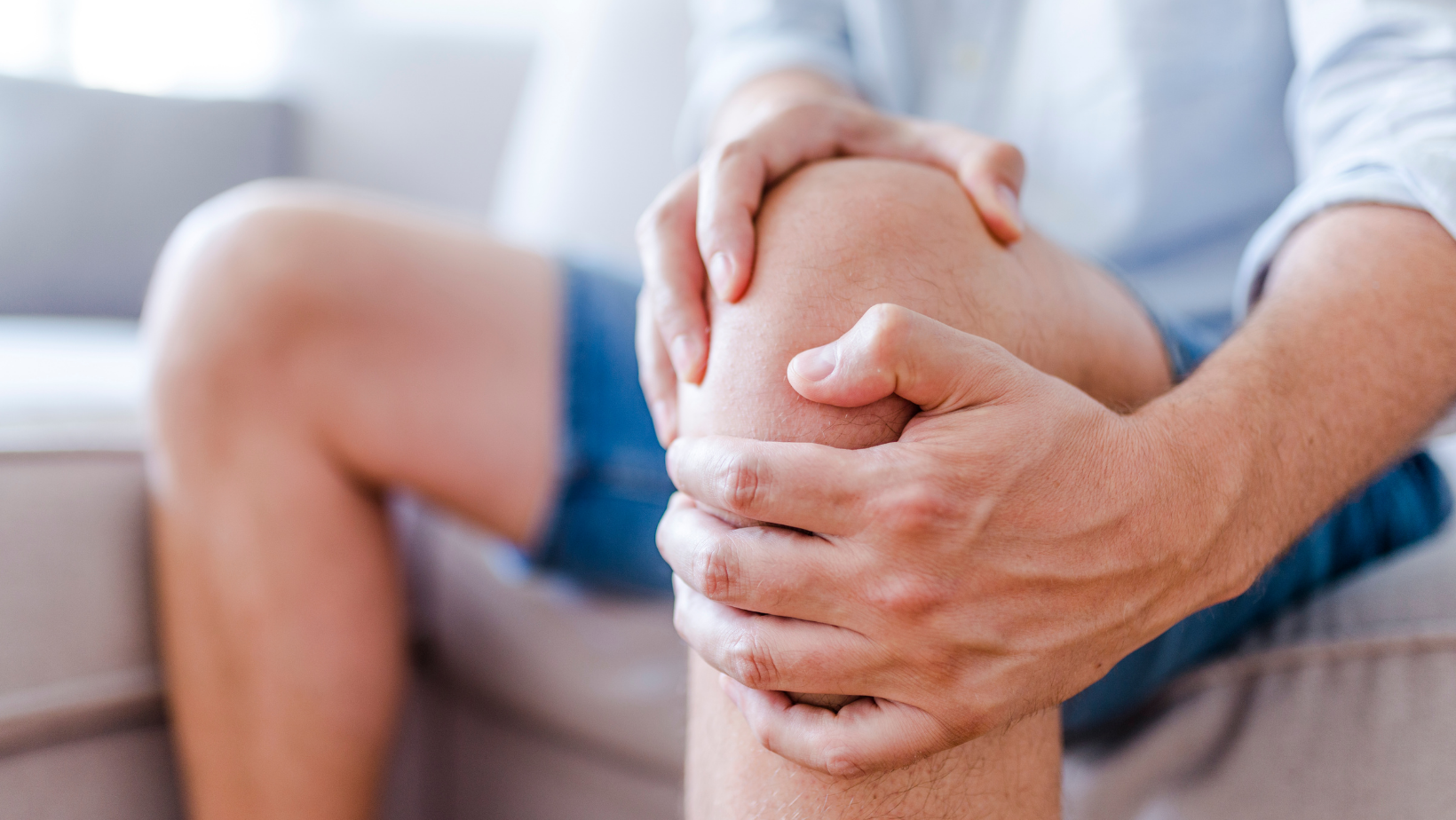
The most common joints affected by osteoarthritis are those that carry a lot of weight – such as the hips, knees and feet. It may also affect the shoulders, neck, back, and fingers!
Wondering if you might have some osteoarthritis developing? These are the symptoms that you may experience:
- Joint stiffness after long periods of inactivity (sitting, laying, or first thing in the morning)
- Pain and/or swelling in or near the joint
- Creaking or cracking sensation when moving the joint – this is known as crepitus
- Muscle weakness / instability around the joint, or feeling like the joint could give way
So… What can I do about it?
Through medical intervention and lifestyle changes, most people are able to manage their symptoms and continue to lead an active and fulfilling life.
In terms of medical intervention, pain killers are often used as a first-line to manage symptoms. Anti-inflammatory drugs can help to reduce the inflammation in the joint, and steroid injections may be considered in more severe cases. The last port of call are joint replacements, but these really are the end stage of treatment.
Exercise for Osteoarthritis
Exercise is a fantastic way to manage osteoarthritis at all stages. A combination of cardio, stretching and gentle strengthening means that you can tick all the boxes.
- By creating strong muscles around the joint, exercise helps to take some of the load off the joint itself. It also helps improve stability and control at the joint, and prevent muscle imbalances from occurring elsewhere.
- Exercise provides natural pain relief, and promoting blood flow around the joint helps to keep those surrounding tissues healthy.
- Gentle stretching ensures that the joint range of motion is maintained, reducing muscle tightness and preventing postural changes from occurring.
Walking, swimming, and cycling are all great forms of cardio, as they are low in impact. Many people also find that hydrotherapy (pool-based exercise) is a gentle way to strengthen the joint.
High impact exercises (running, jumping, skipping) are best avoided.
What if it hurts?
The problem is that when movement is painful, people often avoid doing it!
The exercise guidelines for arthritis are that some pain during (and slightly after) the exercise is normal and expected, but pain shouldn’t worsen after the exercise. So if you’re feeling worse approximately 2 hours after the exercise bout, you might need to make some small tweaks to your exercise routine – perhaps changing to a different mode of exercise, tweaking technique, or adjusting the volume. Any new or significant increases in pain during exercise are also an indication to pull back. As exercise physiologists, we can help with finding what mode and intensity is right for you.
Weight loss can also have a significant impact on managing pain levels. It makes sense that losing a few kilos can reduce the load on those weight-bearing joints! Exercise is a great way to manage weight, particularly when done in conjunction with a healthy diet.
Do you know someone with OA? Are you recognising some of these signs and symptoms in yourself? Take action now to take care of those joints and keep them stronger for longer!
References:
- https://arthritisaustralia.com.au/managing-arthritis/living-with-arthritis/physical-activity-and-exercise/
- Osteoarthritis information pamphlet – created by Arthritis New Zealand
Author: Yolanda van Vugt
Clinical Exercise Physiologist and Content Creator at Specialised Health
Let’s connect, find us:
Have you got a claimant that would benefit from E.P. support? Refer to the team!
#exercisephysiology #exerciserehab #rehabilitation #lifeinsurance #incomeprotection #ctp #workcover #mobile #telehealth #telehealthprogram #mobileexercisephysiology #returntowork #osteoarthritis #fatigue #mentalhealth #cancer #musculoskeletal #pain #physio #physiotherapy #Sydney #Brisbane #Melbourne #Adelaide #Auckland #Waikato #BayofPlenty #Wellington #Otago #Christchurch
